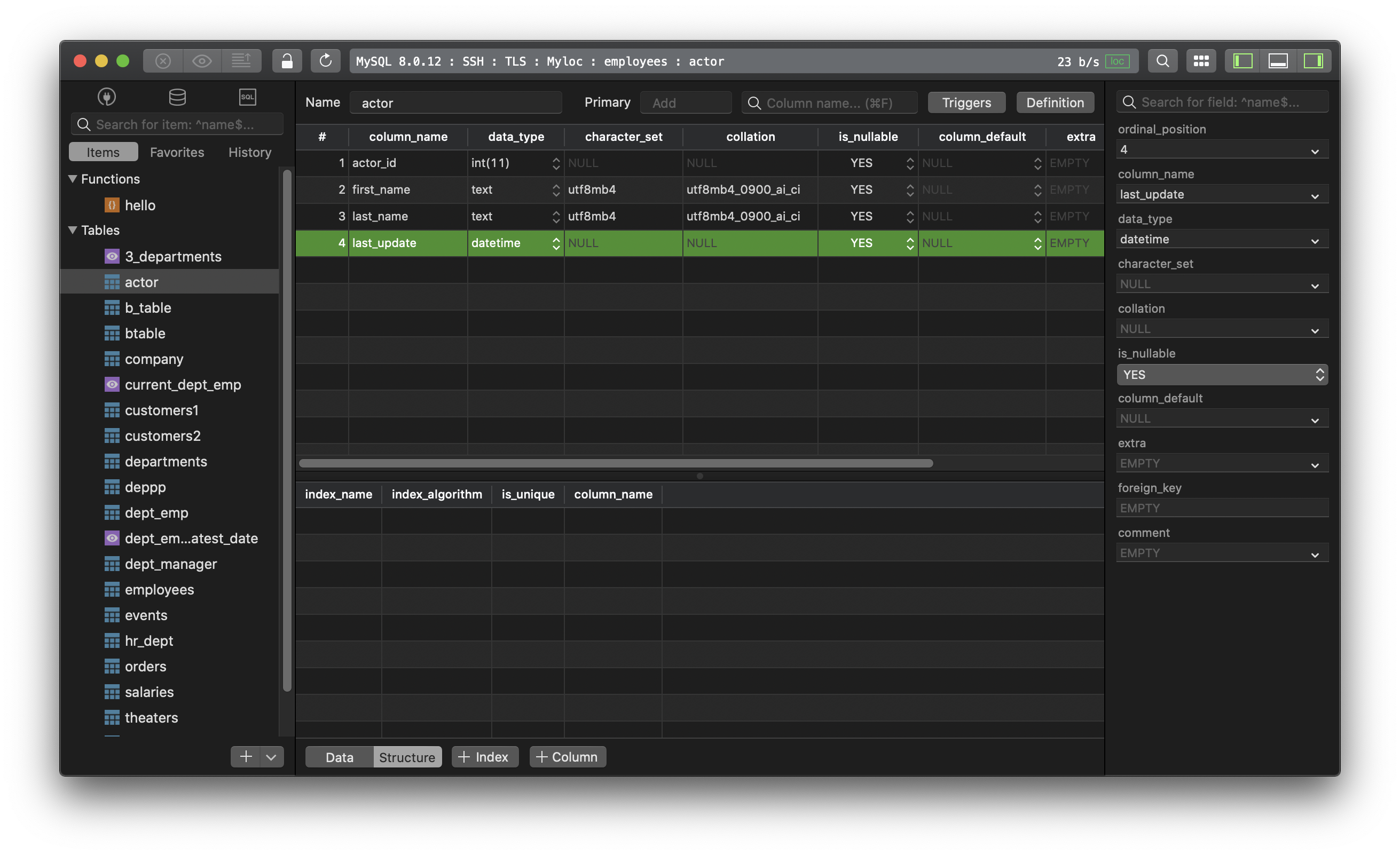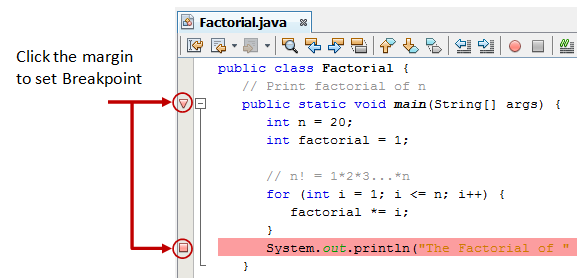
Mac OS X 10.6 Snow Leopard comes with Apache and PHP installed by default. However, the Apache HTTP server is not configured to use PHP and is not set to run by default. This post will provide instructions on configuring and starting the built-in Apache server. In addition, this post will provide instructions to install MySQL Server and phpMyAdmin.
Enable PHP and Start the Apache HTTP Server
- Sql Mac Os X 10.12 X86 64-bit Dmg Archive Version. With Apples’ new macOS High Sierra 10.13 available for download, here is how to get the AMP stack up and running on the new macOS. This tutorialwill go through the process on getting Apache, MySQL, PHP (or otherwise known as the ‘AMP’ stack)and phpMyAdmin running on the new mac OS High.
- This section contains notes and hints specific to installing PHP on macOS. PHP is bundled with macOS since macOS X (10.0.0) prior to macOS Monterey (12.0.0). Compiling is similar to the Unix installation guide.
Phpmyadmin Download Mac Os X 32-bit
- Make sure that PHP support is enabled on Apache
- Open “/etc/apache2/httpd.conf” and search for:#LoadModule php5_module libexec/apache2/libphp5.so
- Uncomment the line by removing the # character at the beginning.
- Save the changes.
- Open “/etc/apache2/httpd.conf” and search for:
- Start the Apache Server
- Go to System Preferences > Sharing and check/uncheck Web Sharing to start/stop Apache server. Note that this setting will persist even if you reboot the mac.
- Or by command line, execute either of the following commands:
- The Apache docroot is set to the “/Library/WebServer/Documents/” folder. In addition, a relative home page (ex: http://localhost/~yourusername”) is set to the “~/Sites” or “/Users/yourusername/Sites” folder.
- To verify that PHP is working under Apache, create a file “/Library/WebServer/Documents/phpinfo.php” with the following content:
- Browse to the PHP info script using http://localhost/phpinfo.php. You should see a bunch of info concerning your PHP installation if Apache is configured to use PHP correctly.
- If you have problems, check the Apache “error_log” in the “/var/log/apache2” directory.
Install and Start MySQL Server
Feb 25, 2021 Download the latest version of phpMyAdmin for Mac for free. Read 21 user reviews and compare with similar apps on MacUpdate. Download the latest version of phpMyAdmin for Mac for free. Read 21 user reviews and compare with similar apps on MacUpdate.
- Download the latest MySQL Server distribution; I selected the “Mac OS X ver. 10.6 (x86, 32-bit), DMG Archive” package.
- Double-click to mount the “mysql-5.1.46-osx10.6-x86.dmg” downloaded disk image file. Double-click on the resulting “mysql-5.1.46-osx10.6-x86.pkg” package file to install MySQL Server.
- The MySQL Server will be installed under the “/usr/local/mysql-5.1.46-osx10.6-x86” directory. In addition, a symbolic link to that directory is created as “/usr/local/mysql”.
- Install the “MySQLStartupItem.pkg” package file also to facilitate starting and stopping the MySQL Server. This will also configure MySQL Server to start on bootup.
- Start the MySQL server by running “sudo /Library/StartupItems/MySQLCOM/MySQLCOM start”. (You may be prompted to input a password; this password is the Mac OS X admin password, not the MySql root password which is blank by default.) Later, you can stop the MySQL Server with “sudo /Library/StartupItems/MySQLCOM/MySQLCOM stop”.
- Add the following line to the end of your “~/.profile” to facilitate executing mysql commands:
- Connect to the MySQL Server by trying out these commands in a terminal:mysql -u root --version
mysql -u root -p
mysql> show databases;
mysql> use mysql;
mysql> show tables;
mysql> quit


Install phpMyAdmin
Phpmyadmin Tutorial For Beginners
- phpMyAdmin requires that the PHP mcrypt extension be installed for performance and for 64-bit operating systems such as Snow Leopard. We will have to compile it from source.
- I think you will need to install Xcode from Apple in order to compile the mcrypt extension. If you run into problems below without Xcode, try installing Xcode and then repeating the procedure.
- Download the latest libmcrypt .
- Unpack the downloaded file “libmcrypt-2.5.8.tar.gz” by double-clicking it in the ~/Downloads directory.
- Run the following commands in a terminal:cd ~/Downloads/libmcrypt-2.5.8/
./configure --disable-posix-threads--enable-static
make
sudomakeinstall - Input your Mac OS X root password if you are prompted to input a password.
- Download the PHP source code so we can generate the mcrypt PHP extension.
- First determine your currently installed PHP version by opening Terminal and running “php -version”.
- Unfortunately for me, the latest PHP source version on the website is 5.3.2 and my installed version is 5.3.1. To get the source for my specific version, I copied the link out, which is “http://www.php.net/get/php-5.3.2.tar.bz2/from/a/mirror”.
- I manually edited the link to change “5.3.2.tar” to “5.3.1.tar”, pasted the modified link back into the browser, and downloaded the source for 5.3.1.
- Unpack the downloaded file “php-5.3.1.tar.bz2” by double-clicking it in the ~/Downloads directory.
- Run the following commands in a terminal:cd ~/Downloads/php-5.3.1/ext/mcrypt
phpize
./configure
make
cd modules
sudocp mcrypt.so /usr/lib/php/extensions/no-debug-non-zts-20090626/ - Input your Mac OS X root password if you are prompted to input a password.
- Configure PHP to load the mcrypt extension.
- Create the “/etc/php.ini” file if it doesn’t already exists (copy from “/etc/php.ini.default”) and edit it.cd/etc
sudocp php.ini.default php.ini
sudovi php.ini - Input your Mac OS X root password if you are prompted to input a password.
- Search for “;extension=” in php.ini. When you find the “Dynamic Extensions” section, add the following line to the end of that section like so:;extension=php_xsl.dll
;extension=php_zip.dll
extension=mcrypt.so - MySQL Server under Mac OS X puts its socket file under “/tmp/mysql.sock”. We’ll need to adjust the php.ini to point at this location instead of the default “/var/mysql/mysql.sock”. Search for and set the following variables in php.ini:pdo_mysql.default_socket=/tmp/mysql.sock
mysql.default_socket =/tmp/mysql.sock
mysqli.default_socket =/tmp/mysql.sock - Enable php error logging by searching for and enabling these variables in php.ini:
- Do not create the php_errors file; PHP will create it with the appropriate permissions. Note that putting php_errors log file in a directory other than the “/tmp” directory (like “/var/log/apache2”) may not work due to permission issues.
- Create the “/etc/php.ini” file if it doesn’t already exists (copy from “/etc/php.ini.default”) and edit it.
- Restart the apache server by running the “sudo apachectl graceful” command.
- Browse to the PHP info script using http://localhost/phpinfo.php. Search for “mcrypt” and you will now see a section containing info concerning it. You should see that the “mcrypt support” row has an “enabled” value.
- Search for “mysql” and double-check that three “default_socket” variables are using “/tmp/mysql.sock”, instead of the default “var/mysql/mysql.sock”.
- Download the latest phpMyAdmin.
- Unpack the downloaded file “phpMyAdmin-3.3.3-english.zip” by double-clicking it in the ~/Downloads directory.
- Copy the resulting “phpMyAdmin-3.3.3-english” folder to “/Library/WebServer/Documents”. I suggest renaming the folder to just “phpMyAdmin”.
- Make a copy of “/Library/WebServer/Documents/phpMyAdmin/config.sample.inc.php” in the same directory and name the copy as “config.inc.php”.
- Edit “config.inc.php” and change the “AllowNoPassword” variable to true. This will allow us to login with MySQL user “root” and a blank password.
- Browse to http://localhost/phpMyAdmin/. Log in with user “root” and leave the password field blank.
Phpmyadmin Download Mac Os X El Capitan
Alternatively, you could just use XAMPP or MAMP which also includes MySQL. However, I have a preference not to install software if I don’t have to.
Download Mac Os X 10
Content above derived from the following online resources: